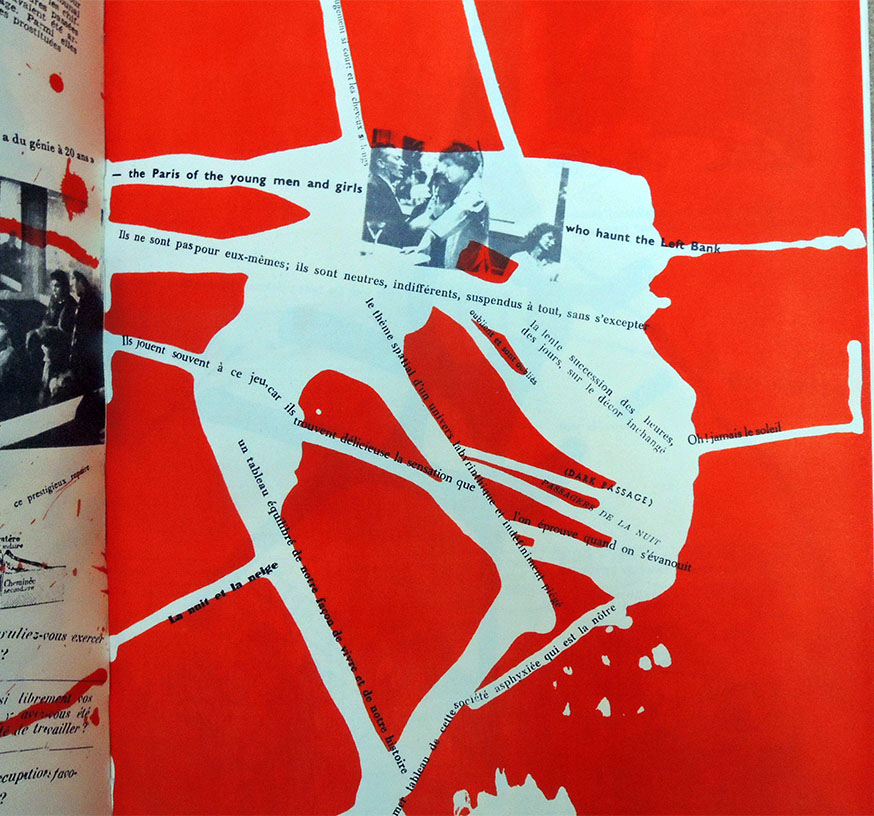

Sales tax will be added to applicable purchases. We are happy to bill institutional buyers' needs. We accept all major credit cards, Paypal, Venmo, check, money order, and bank wire. Please note that we are unable to accomodate requests to misrepresent, misdeclare, or otherwise falsify customs documents when shipping internationally. International buyers are responsible for any customs, taxes, and related import fees. All orders receive tracking information and a direct contact in case of any questions. Expedited, overnight, as well as other carriers (UPS, Fed-Ex, etc.), may carry additional costs beyond quoted rates. International orders over $500 also ship gratis.
#Memoires guy debord free
For orders under $250, free USPS media mail shipping is included orders $250 and over ship USPS Priority. We're happy to provide additional images on request.Īll domestic orders ship gratis.
#Memoires guy debord code
TPM is a member of the Antiquarian Booksellers Association of America and upholds their Code of Ethics.Īll photographs are of the actual item for sale. First editions (meaning first edition, first printing) are explicitly stated. All materials are original (meaning not facsimiles or reproductions) unless otherwise noted. We guarantee the authenticity of our items. All items are guaranteed as described and may be returned for any reason within 30 days. Please notify us before mailing a return. We work hard to meet our ethical responsibility to describe our material accurately. Read more: Marcus, "Guy Debord's Mémoires: A Situationist Primer," in Sussman, On the passage of a few people through a rather brief moment in time: The Situationist International 1957-1977.

"The book speaks secret languages made out of the words and pictures everyone already knows," wrote Greil Marcus "turning a page is like waking from a dream or falling into one." An uncommonly well-kept example of perhaps the quintessential Situationist publication. The violent cutting-out and cutting-up of the textual appropriator mirrors the famous sandpaper cover of the first edition – the printer's own idea – designed to leave its mark on every other book it touches, and on the fingertips of every reader.

Jorn's colored ink splotches overlay the borrowed elements, drawing connecting lines between some words and images, nearly obliterating others. Psychogeography gained popularity in the 1990s when artists, writers and filmmakers such as Iain Sinclair and Patrick Keiller began using the idea to create works based on exploring locations by walking."In the combinations of its found, scavenged, or stolen materials, Mémoires affirms that everything needed to say whatever one might want to say is already present, accessible to anyone the book defines a project, and tells a story."(Greil Marcus)Ī fragmentary collage of snippets and hints and half-lines, photographs and comic strip panels, vigorously detourned and spirited out of their old context into a new one of Debord's own designing. Tristam Hillier’s paintings such as La Route des Alpes 1937 could be described as an early example of the concept. The reimagining of the city proposed by psychogeography has its roots in dadaism and surrealism, art movements which explored ways of unleashing the subconscious imagination. Inspired by the French nineteenth century poet and writer Charles Baudelaire’s concept of the flâneur – an urban wanderer – Debord suggested playful and inventive ways of navigating the urban environment in order to examine its architecture and spaces.Īs a founding member of the avant-garde movement Situationist International, an international movement of artists, writers and poets who aimed to break down the barriers between culture and everyday life, Debord wanted a revolutionary approach to architecture that was less functional and more open to exploration. How do different places make us feel and behave? The term psychogeography was invented by the Marxist theorist Guy Debord in 1955 in order to explore this.


 0 kommentar(er)
0 kommentar(er)
